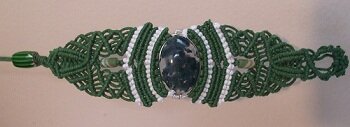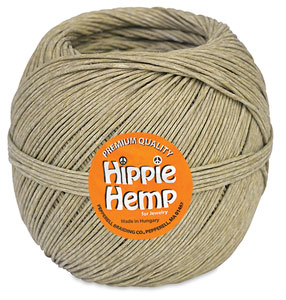|
Contact the seller in advance before paying for the order! Macrame - Knot Your Way To Beautiful Jewelry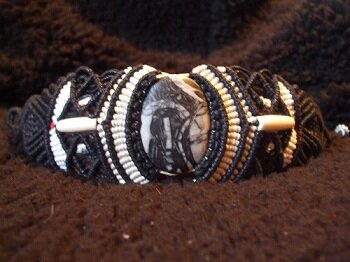
Did you know that you can knot your way to lovely jewelry? Macrame Jewelry is done by using several decorative knots often combined with beads. It is very addictive and not difficult at all. I must admit that I spent some time lurking around the technique, a bit unsure about what it was and how it actually was done, but when I decided to give it a try, I was hooked.
There are several other names used when talking about macrame, which can be a bit confusing in the beginning, but if you keep in mind that macramé is decorative knotting, it gets a bit easier and not so important what you actually call it. But terms like Chinese macrame, western macrame, micro macrame and cavandole macramé pop up frequently, and I will explain the differences and similarities in a moment, but let’s first take a look at the history behind this very special jewelry making technique. A brief history: Macrame was brought to Spain after the Moorish conquest, hence the Spanish name, and spread from Spain to the rest of Europe. In the late 17th century it was introduced to Queen Mary II of England.
As England and other exploring countries were expanding their empires throughout the world, macramé spread with the ships, as sailors used knot work to pass time on the voyages, but also for functional purposes like tying rope to poles or ring bolts. It therefore said to have found its way into the new world and to China by sailors. The decorative knot work was originally not used for jewelry, but for functional marine purposes and later for ornamental things, like a knifes handle, knotted around bottles, wall hangings, hammocks and more, and became very popular during the Victorian era where it was used to adorn Victorian homes. It did again have a boost during the 1970s hippie and grunge crowds, and has since then remained popular, today more than ever. There seem to be two main groups of decorative knotting, the Chinese and the Western, and some confusion about what came first. Let’s start with the Chinese knot work. Chinese macrame: It is a very ornamental knotting technique and has immense aesthetic value. The knots can be very complicated and have names according to their distinctive shapes, uses and origins. You will therefore have knots called things like Good Luck Knot, Virtue Knot, Clover Leaf Knot and Pan Chang Knot. The Chinese knots are pulled very tight, which heightens the quality of the work. Chinese knotting was handed down from generation to generation and was originally used purely for decorations. Sadly nothing was written down, so the art of knotting disappeared. Fabrics and cords are not very durable materials, so early ancient examples of Chinese knots are long turned to dust. Some samples have been found though and tell something about this ancient art and decorative knot work reached its height during the Ching dynasty (1644 to 1911 AD) Despite the claim that macramé did not exist in China before it was brought there by sailors, knotted ropes and belts are known to have existed in China as long ago as 1122 BC. So who actually was the first to use this decorative knot work is a bit blurred, like so many other things regarding our history. Anyway, knotting regained its popularity in China and at the beginning of the 20th century, it was again widespread and beautiful knot work could be found everywhere. But again the art was lost within a few generations. In the 1970s several young Chinese artists set forth to try to preserving the ancient knotting art, and succeeded in finding a few old people who still were the keepers of the tradition. The artists were taught by the elders and the artists have since brought it forth to others, written books and published recorded instructions about Chinese knot work, making this beautiful jewelry technique available to you and me. Western Macrame:
Micro macrame: Many see micro macramé as the advanced form of decorative knotting, as everything is very petit and delicate. But like with all forms of decorative knotting, it all depends on which knots you use. No need for lots of tools: All you need are some stringing material, a cork mat or a piece of cardboard, some pins and if you like, some beads. The cork mat and the pins are used to hold your work in place while you are knotting. They help you getting the knots even and the pattern uniform. Depending on the knots you use, it can be very easy to do or very complicated and challenging. About the knots: The same knots have gotten entirely new names in Chinese knotting as well, and Josephines knot – originally Carrick Bend, is for example called Double Coin Knot. This may be a bit confusing until you know the knots well, but once you know how to do them, the name does not mean that much any longer, as you will recognize how they are done. Then again, both Chinese and western macrame have their own knots, that have developed independent from each other, which gives you lots of designs to choose from.
Cords: You can use round or flat cord and even thin metal wire, cord with one color or several colors, although the patterns may be a bit confusing though if you use too many colors for the same knots. Hemp is very popular with macrame. It is very strong and inexpensive, and you can get it in many colors. What you choose depends on what you want to make. If you want petit and delicate jewelry, embroidery thread may be a good option as you can split it into as many strings you like your thread to consist of, and it comes in a huge variety of colors. Beads: In western macramé you use several strings, and often your bead must fit three or four strings at a time. Therefore I recommend you to plan your knotted jewelry so that you are sure you have the right size of both beads and cord. What kinds of beads you choose depend on what you want to make. If you use a soft cord and few strings, a big glass bead or gemstone may be too heavy.
How much cord do you need? Working with long cords can be a bit challenging as they often tangle. Waxing the cords helps a bit. You can also use bobbins, one for each cord. Pinning each cord onto the cork mat to get it out of way is very helpful. Combine the three, and you should do fine. How many strings of cord you use, depends again on what you want to make. Macramé tends to look very thin if you use few strings, and if you use very thin cord, it may look better if you use lots of strings. The knots you plan to use should also be taken into consideration. Most knots are made with two or four strings, so the total amount should be dividable with 2. Looking for macrame tutorials? Take a look at these: Make A Light And Lacy Macrame Bracelet Make A Pair Of Light And Lacy Macrame Earrings The jewelry on this page is made by Brian. You can see more of his amazing work here: Return from Macrame to Jewelry Making Techniques Leave a comment ,I would love to hear your opinion on this page. Good or bad, it will help me making this Site better. Comments from other visitorsClick below to see contributions from other visitors to this page... thanks Not rated yet |
||||||||||||||||||||||||||||||||||||
| Learn More About Macrame And Knot Work |
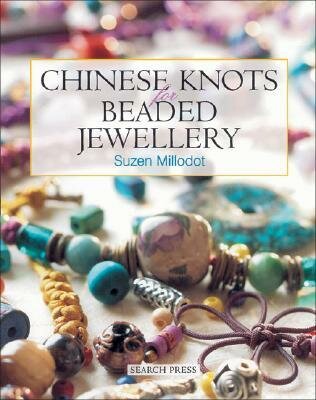
|

|
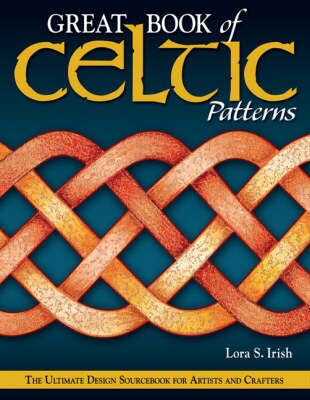
|
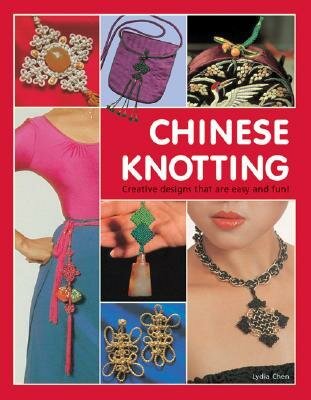
|
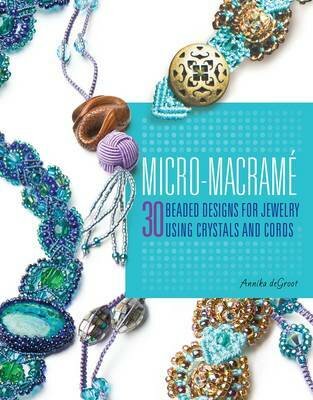
|

Promote Your Page Too
